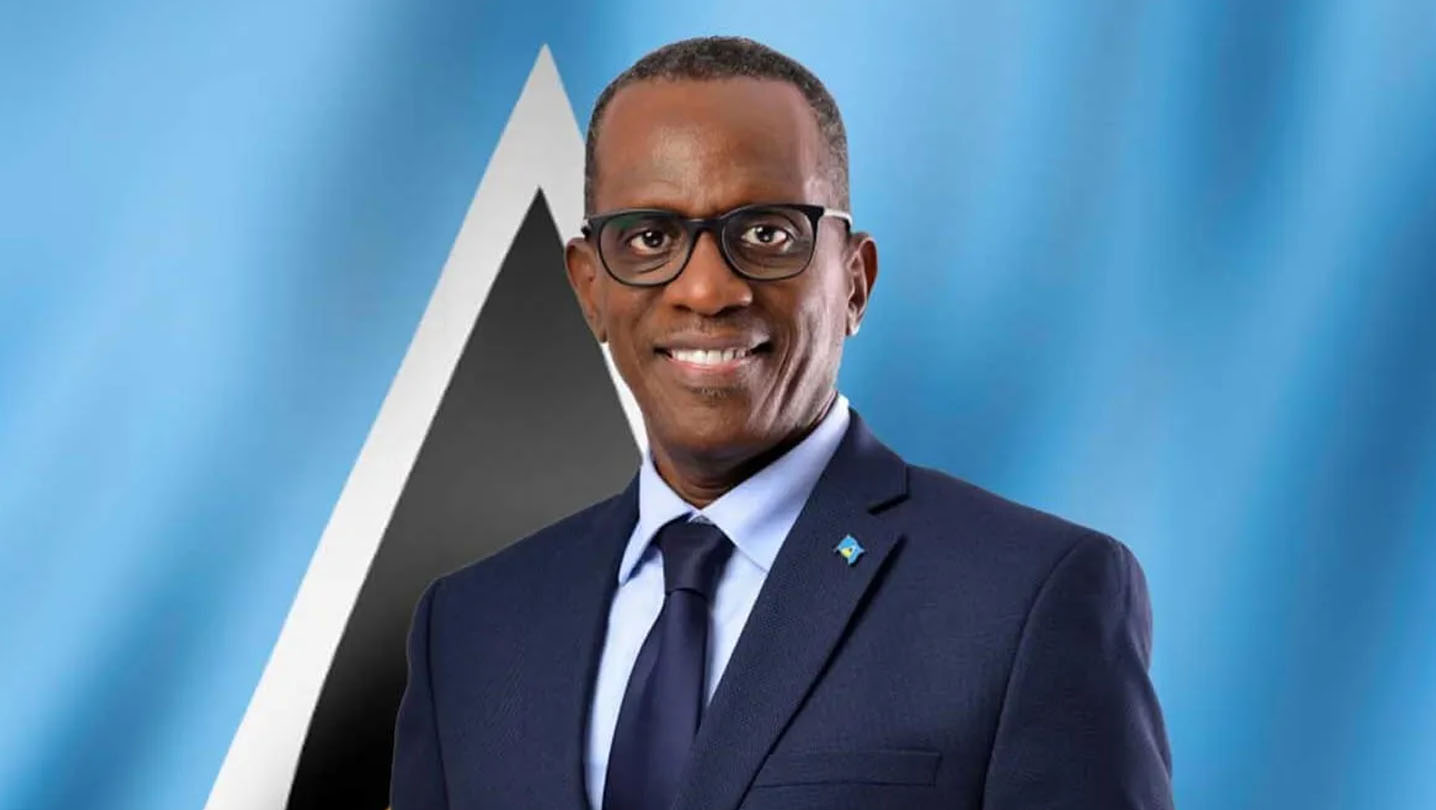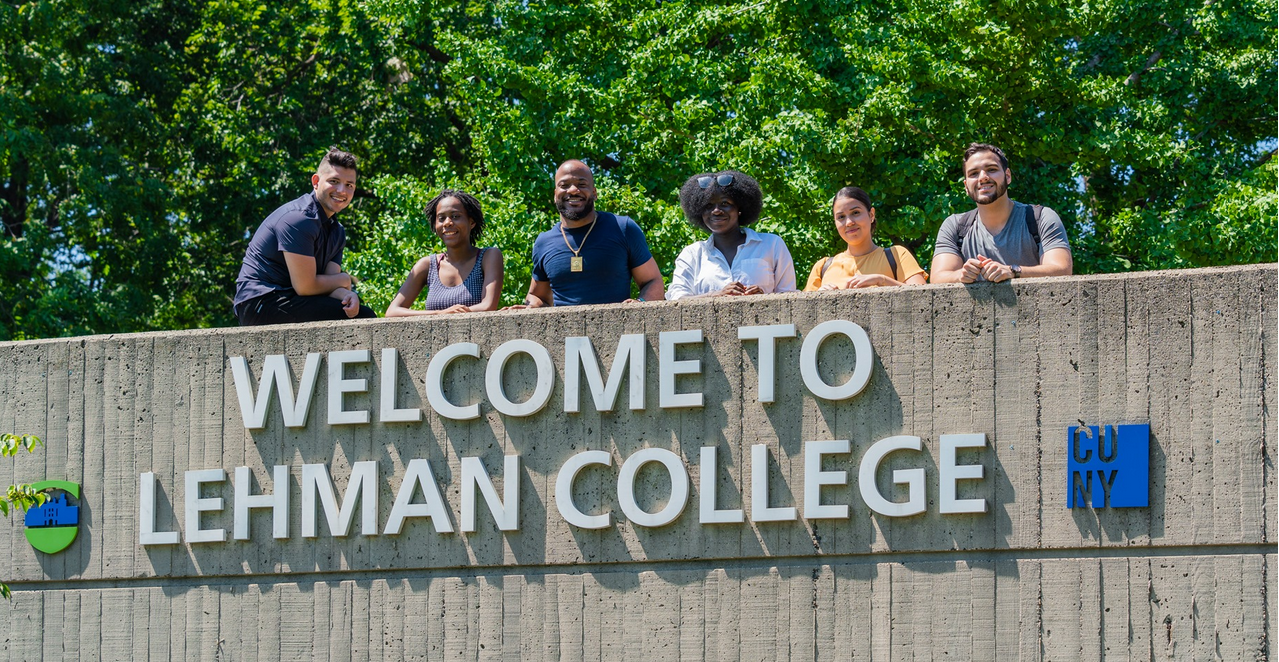By Paulo Mileno
In 2024, the Afro-Brazilian Studies and Research Institute celebrated its 40th anniversary.

This milestone is a significant event for scholars of African and African Diaspora Studies, highlighting the profound connections and influences that began between Black studies in the United States and Brazil.
We could say that Afro-Brazilian Studies and Research Institute is the result of the international experiences Abdias Nascimento. Nascimento went into exile in the USA invited by Fairfield Foundation to learn the problems of the Black American’s education and when he arrived there, Nascimento perceived that African american occupied another place in American society.
Even though they were a minority population, it meant something completely different in their country of origin. As Nascimento stated:
“Through the Afro-American institutes, Black individuals, within the realm of culture, are assuming a leadership role, something that did not exist 5 or 10 years ago. This is a highly significant fact that Brazil also needs to copy. Up to now, Black individuals have been subjects of study but have not participated in the development of the ideas that exist about them. This phenomenon occurring in the United States is of utmost importance because these types of studies and research centers are being created in all universities. Thus, Black individuals are also becoming involved in the cultural development of the country, incorporating their life experiences, history, culture, and beliefs into the national culture. This is important so that Black individuals do not remain marginalized, being merely objects, but instead become protagonists of their own history.”
In this sense, if Nascimento has been the biggest black struggle’s leader in the 20th century, certainly, was the internship with the American Diaspora and with Africa that was possible to amplify his world views. As Carlos Moore said:
“When Abdias do Nascimento arrived in the United States in 1968, the country was in the midst of a serious socio-racial upheaval caused by the growth of various trends within a broad movement known as Black Power. Essentially, this movement was the result of the mobilizing activism of charismatic leaders such as Martin Luther King (assassinated in 1965), Robert Williams (exiled to Cuba in 1961), Huey P. Newton (founder of the Black Panthers), Stokely Carmichael (a student leader who coined the term Black Power and later adopted the name Kwame Touré), and Maulana Ron Karenga (leader of the US Organization). Division was the predominant characteristic of these African American movements, although they inspired similar causes worldwide, including feminist movements and the student movement of May 1968 in France.”
This interchange was fundamental to Abdias’s formation because he becomes in a pivotal figure in the global fight against racism and as result this cultural change, he has left an indelible mark on Black Studies through his teaching stints at Yale University, Wesleyan University, the State University of New York (where he was Professor Emeritus), and Ilé-Ifé University in Nigeria.
In fact, Ipeafro’s views are connected with American experiences. Abdias lived for 13 years in the USA, and was in 1980 that he developed his masterpiece The Quilombism, coincidentally in the same year that professor Molefi Kete Asante developed his masterpiece Afrocentricity.
According to Balzac “If you really want to be universal, do it from your own country.” I think that it can be the best example about the African Diaspora being the same African World.
Gabriel Swahili, former Shenuti of the Afrocentricity’s chapter in Salvador, Bahia, said me Asante talked about Abdias as a teacher. In the 1970s, they worked, learned and taught together in New York University, in Buffalo.
Finally, when Nascimento came back to Brazil, married with Elisa Larkin Nascimento an American woman, they founded the IPEAFRO at the Pontifical Catholic University of São Paulo and they organized together the 3rd Congress of Black Culture of the Americas, held at the facilities of PUC (Pontifical Catholic University), in São Paulo, in August 1982.

Luiz Inácio Lula da Silva alongside Abdias Nascimento at the 3rd Congress of Black Culture of the Americas. Photo: IPEAFRO.

Elisa Larkin Nascimento and Paulo Mileno. In the photo, Mileno is holding the book The Magic of Color: Identity, Race, and Gender in Brazil edited again by Elisa Larkin Nascimento. Photo: Paulo Mileno.
And so, officially established the IPEAFRO in Rio de Janeiro in 1984. And so, the Institute has been at the forefront of Brazil’s return to democracy.
The parallel timelines of the Institute’s founding and Brazil’s democratic revival mark a significant period when discussions about race, color, and racism, previously censored by the military dictatorship, began to flourish.
For all these reasons, this year marks not only the 40th anniversary of the Afro-Brazilian Studies and Research Institute but also the maturation of Black Studies in Brazilian life, coinciding with the 40th anniversary of Brazil’s democracy, the longest-lasting period of political stability in the country’s history
Paulo Mileno is an actor, filmmaker, cultural producer, writer, editorial advisor of Africa and Africanities Magazine and he was a researcher in the Nucleus of African Philosophy at the State University of Rio de Janeiro (Brazil). Mileno also contributes to Observatório da Imprensa (São Paulo – Brazil), Brasil de Fato (São Paulo – Brazil), Jornal do Brasil (Rio de Janeiro – Brazil), Black History Month (London – England), Ufahamu: A Journal of Black Studies from Los Angeles University -UCLA (Los Angeles – USA), San Francisco National Black Newspaper (San Francisco – USA), Black Star News (New York – USA) and Africa Business (Cape Town – South Africa). Reach him via [email protected]



